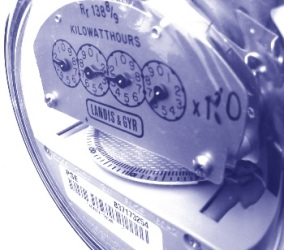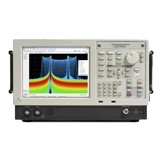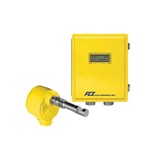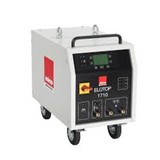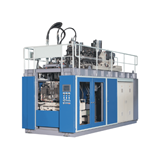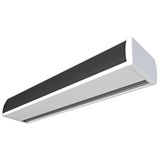Connectivity is fast becoming a standard feature of consumer and industrial devices allowing such products to become part of a future "Internet of Things" (IoT). This network of billions of mobile and static devices - each uniquely identifiable and able to communicate with any other device on the network - is mooted as the next stage of development for the Internet.
According to analyst Analysys Mason, in a report entitled "Internet 3.0: the Internet of Things", the consumer IoT alone will grow to encompass 16 billion connectable devices worldwide by 2020 – and that may be a big underestimate.
"16 billion connectable consumer devices by 2020 may actually be a conservative [forecast]," Jim Morrish, Principal Analyst at Analysys Mason and author of the report, said.
"Taking into account the uncertainties inherent in forecasting new technologies 10 years out, we believe that a realistic maximum number of devices may be 44 billion, and 6 billion a realistic minimum. That’s a worldwide average of between 0.8 and 5.8 devices for each person alive in 2020."
According to Morrish, at least one of those devices is likely to be a smartphone. Another analyst company, IDC Australia, said smartphone sales in the Asia-Pacific could hit 137 million units in 2011, compared with around 84 million last year.
"The most direct potential consequence of the IoT is the generation of huge quantities of data," Morrish added.
"In a hypothetical IoT environment, every physical object (and many virtual objects) may have a virtual twin in ‘the cloud’, which could be generating regular updates."
In addition to the expansion of connectable consumer devices, the industrial machine-to-machine (M2M) sector is also growing. According to Morrish, as the prices of M2M communications equipment have fallen, manufacturers have installed the technology in an increasing amount of consumer energy "smart" meters, and have started to install it in a range of household equipment, cars and security systems.
In a separate report, Analysys Mason forecasts that the number of M2M device connections will grow from 62 million last year to 2.1 billion devices in 2020, at a 36 per cent year-on-year growth rate. The company said that the automotive and transport sector accounts for the most M2M device connections today, but other sectors, such as utilities, healthcare and security, will have overtaken it by 2020.
Maxon, one of the few Australian companies developing hardware to operate on wireless M2M networks, is seeing an increase in applications in utilities and transport here.
"While there’s not a huge expansion in wireless M2M connectivity yet in Australia there are some promising areas," Sean Ferguson, the company’s General Manager, told IndustrySearch.
"Notable among these are applications for the smart grid such as connected meters, and tracking of freight on the roads.
"Smart meters communicating over the 3G cellular network, for example, enable the electricity utilities to refine their load forecasts which feeds into revised off peak tariffs, benefiting the consumer," Ferguson added.
"And freight companies can improve the efficiency of the operations by receiving information on unusual events like unscheduled truck stops."

